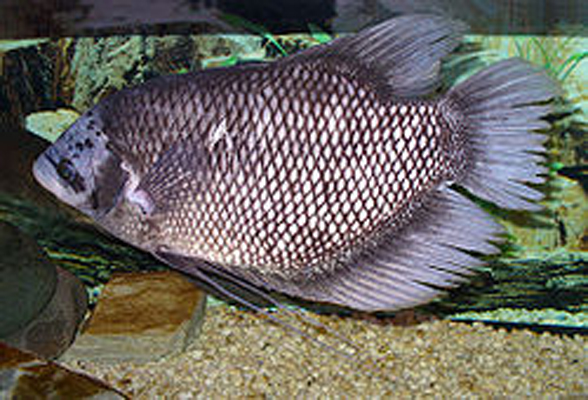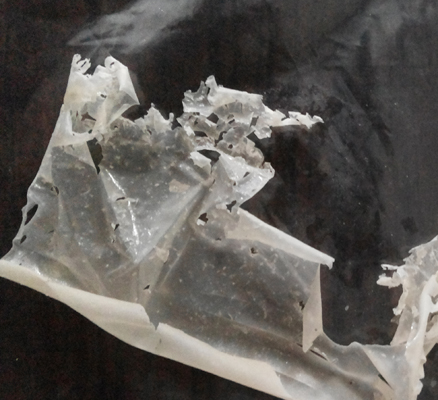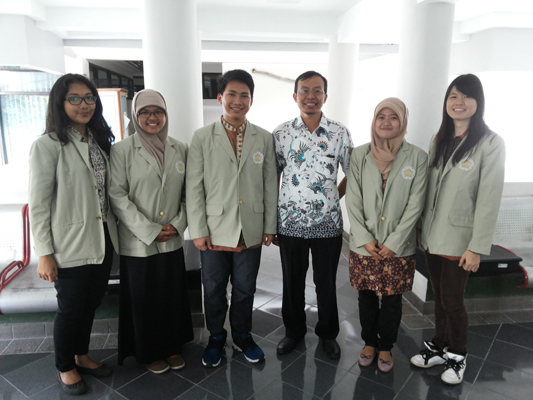Plastic is one product of that is highly used in modern life for its durability and affordability. On the other hand, plastic poses a threat to the environment due to is non-renewable nature, making it difficult to decompose.
This condition triggered five Chemical Engineering students of Universitas Gadjah Mada: Ivone Marselina Nugraha, Cesaria Riza Asyifa, Machlery Agung Pangestu, Palupi Hanggarani, and Rifani Amanda, to make a biodegradable plastic from renewable materials. They make use of fish scales.
Materials that are mostly used for biodegradable plastic currently are compounds contained in plants such as starch and cellulose, or in animals such as chitin, casein, and chitosan.
“Fish scales have not been much used recently, only ending up in the bin. Actually, in the fish scales there are chitin and chitosan potential to be made into plastic,” said Ivone on Friday (19/2) at Faculty of Engineering UGM.
Ivone said currently there were already biodigredable plastic types in the market that use renewable materials from chitosan, shrimps, crabs and cassava starch.
“We use chitosan from giant gourami and snapper scales that can be made into biodegradable plastic in our research,” she said.
The scales of giant gourami and snappers they gathered from a number of restaurants in Yogyakarta were then studied. This waste products were cleansed and dried. Elimination of the protein from the chitosan (deproteination) was later done, followed by demineralisation to separate the minerals from the scales, resulting in chitin compound. The chitosan was dissolved in acetate acid solution, added with glycerol. This was then baked in the oven to get the type of plastic they want.
“Our research found out that the scale waste of giant gourami and snapper are potential to be made into plastic,” she said.
Ivone added, however, that in the future more researches need to be done as the chitin and chitosan from the extraction of both the scales have not met the standard of commercial chitin and chitosan as the plastic they produce is still brittle and dull.
“The ash content in the chitin is still high so further researches are needed to reduce the ash level in the chitin and chitosan extract of the fish scales to get a better quality of plastic,” she concluded.




